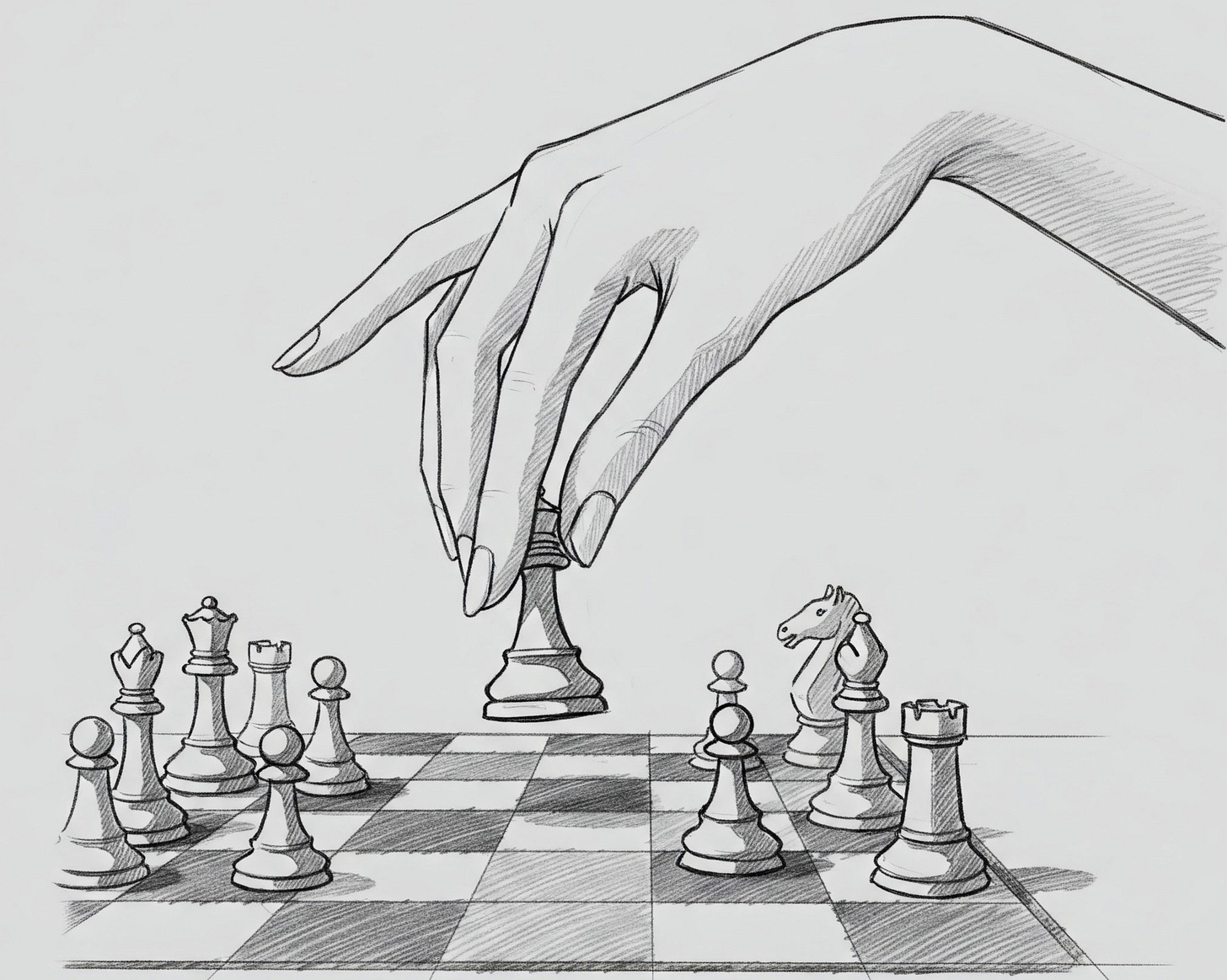Positioning your Product for Competitive Advantage
In the modern competitive SAAS world, how you position your product is a big determinant of competitive advantage
In this age of high competition, product leaders and founders need to be very deliberate about every decision they make. Every decision can impact the product over the long term. Every feature prioritized can steer the product towards your ICP (Ideal Customer Profile), or away from your ICP (by making the product overly complex).
Moreover, the traditional techniques of competitive advantage thought in b-school like Porter’s five forces are not relevant for the software industry. New frameworks and tools are the need of the hour for SAAS Product Strategy.
I will be introducing one such strategic framework in this post, and many more in the future posts. Hope you find these useful (let me know in the comments below). I also hope that you customize these frameworks to think strategically about your own product and industry.
Feature usage distribution (Long Tail)
Consider any mature product from your industry. Imagine it has 100 features (Horizontal axis in the figure below). On the vertical axis, plot each feature by number of customers who used it - say over the last 3 months - to create a histogram. You will get an exponential decay function like the one in the figure.
In the figure above, I arranged the features (on the horizontal axis) in descending order of the number of customers who used that feature. The feature most used is to the extreme left (Feature 1), the 2nd most used next to it, and so on.
The resulting curve that we get is called a Long tail. Most mature products have a feature usage distribution similar to a long tail. Think about it: 20% of your product’s features are used by nearly 80% of your customers (the left extreme of the curve above). Let’s call them the Core Features. 80% of your product’s features are used by less than 20% of your customers (this is represented by the right 80% of the curve above). Let’s call these the Non-Core Features or the Long Tail.
Competitive Strategy based on Long Tail
Now imagine you are going to compete with this mature product. You need to have your team start building features. Which features will you build?
An obvious answer would be to start building features from the left to right (in Figure 1). Will this make your product competitive? No, because you will be similarly placed to your competitor, even after building all the features. What you need to do is to build the Core Features first.
After that, you need to focus on a completely different set of features from Non-Core area. You need to make them shine, make them the core value proposition of your product and place them in highly discoverable areas of your product. That’s how you differentiate!
How will you pick what Non-Core features to focus on? That’s where your ICP (Ideal Customer Profile) comes in. Imagine plotting the same graph as Figure 1 but for a specific customer segment. You will find that a certain set of non-core features are very important for your ICP (shown by the elevated bars below).
This is what you’d prioritize in your MVP. So your
MVP = Core features + Non-Core ICP features
This is how you’d position your product against competition. So for your ICP, your product becomes much more valuable than competition.
Strengthening your Competitive Differentiation
How do you build on this differentiated product feature set that we discussed in the section above to further buttress your product’s competitive advantage?
There are 2 ways:
Build entirely new features that your ICP needs that are not being offered by any of your competitors. For example, Canva was one of the first Creative software vendors to introduce a feature to schedule your completed design to Social Media (like Instagram). This was required for Canva’s original ICP which was small business owners.
Bring in features and functionality from adjacent products that your ICP is using. Combine them into your own. For example, Zenoti provides complete end-to-end solution for Spas and Salons: from online to in-store, payments to payroll, front desk to back of the house. By bundling multiple products that your ICP needs, you virtually eliminate competition for your ICP from established players who are focused on the broader market.
By looking for adjacent features that your competitors will never offer, your product positioning now creates a competitive advantage allowing you to charge more from your ICP.
Getting your team aligned
By clearly articulating to your employees..
(1) Who your ICP is, and
(2) What your product’s positioning is
..you have empowered them to make trade-off decisions
What features should your team prioritize? What features they should not build? How should they perform user research? How should your marketing team target the ICP? The entire company is much more aligned and wastage is reduced, positioning is strengthened when you - as a product leader - clearly define the ICP and product positioning.
Such is the power of being strategic about your positioning. You will start to reap rich rewards for the long term.
About the Author
Teja Vepakomma is a Product Strategy and Growth consultant to companies. He has many years of experience working in Product Management leadership roles in Global SAAS companies. He’s currently based in Bangalore, India.
In his free time, Teja loves to travel the world and indulge in Landscape photography.




